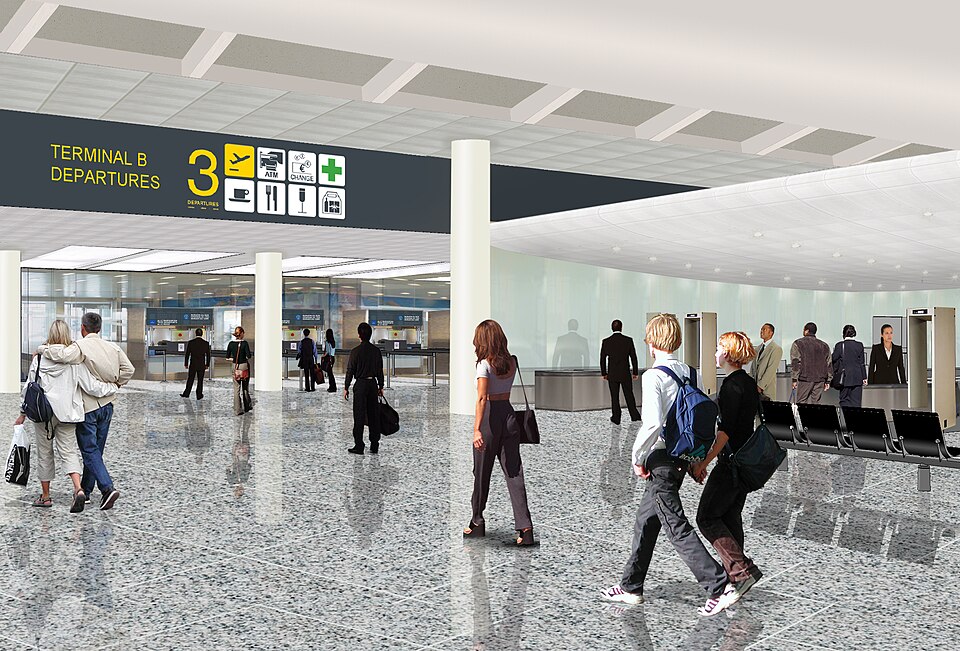
The European Parliament’s Civil Liberties Committee has given the green light to gradually roll out the new Entry-Exit System (EES) at the EU's external borders.
The system is designed to register border crossings of non-EU nationals on short stays, using electronic data instead of passport stamps.
The goal? To improve security, cut down on waiting times, and make border checks more efficient by collecting biometric data like facial images and fingerprints.
Why gradual launch?
MEPs backed the gradual roll-out to avoid overwhelming the system with a simultaneous launch across all EU countries. If needed, implementation can be paused temporarily due to long queues or technical hiccups.
Roll-out timeline
Under the proposed plan, the EU Commission will kick off a 180-day implementation window. Here's how the timeline would work:
- Day 1: 10% of border crossings using EES
- Day 90: 50% usage
- Day 180: Full coverage at 100%
However, MEPs suggest giving countries more flexibility—letting them hit 10% by Day 30 and 35% by Day 90, instead of the stricter targets in the original plan.
They also stressed that the roll-out should avoid peak travel times (June–August and December–February) and should include contingency plans for technical issues.
Rapporteur’s take
Assita Kanko (ECR, Belgium), the lead MEP on the file, said:
“The purpose of the Entry-Exit System is to make EU citizens safer. In the eight years since the EES legislation was adopted, security threats have only increased, meaning that the system is now more important than ever. Unfortunately, the system is still not operational, as not all member states are as yet ready for its full launch. With this gradual roll-out, we aim to get the system up and running as soon as realistically possible, and I’m glad about the broad support in Parliament for my position.“
What’s next?
The Committee has voted to begin talks with the EU Council on finalizing the legislation. If no objections are raised, negotiations can start soon.
About the EES
The Entry-Exit System is part of the EU’s broader border management strategy. Once live, it will replace passport stamping with digital records and allow real-time access to border data across the Schengen area. It’s being developed by eu-LISA, the EU’s tech agency for justice and security.
This marks the first time biometric data will be systematically collected at EU external borders—aiming to better track stays and reduce rule-breaking. Photo by Brussels Airport from Belgium, Wikimedia commons.

















